In the diverse landscape of educational activities, animal coloring worksheets stand out as versatile resources that combine artistic expression with academic learning. These specialized coloring pages go far beyond simple entertainment, cleverly disguising educational content within the engaging framework of animal illustrations that naturally captivate children’s interest. From preschoolers just developing pencil control to older students exploring scientific concepts, animal-themed coloring activities offer developmentally appropriate challenges while building knowledge across multiple subject areas. Whether used in classrooms, homeschool settings, or as recreational activities, these resources transform ordinary coloring time into rich learning experiences that support cognitive development, fine motor skills, and content knowledge. Their universal appeal makes them valuable tools for both educators seeking curriculum enhancements and parents looking for meaningful screen-free activities.
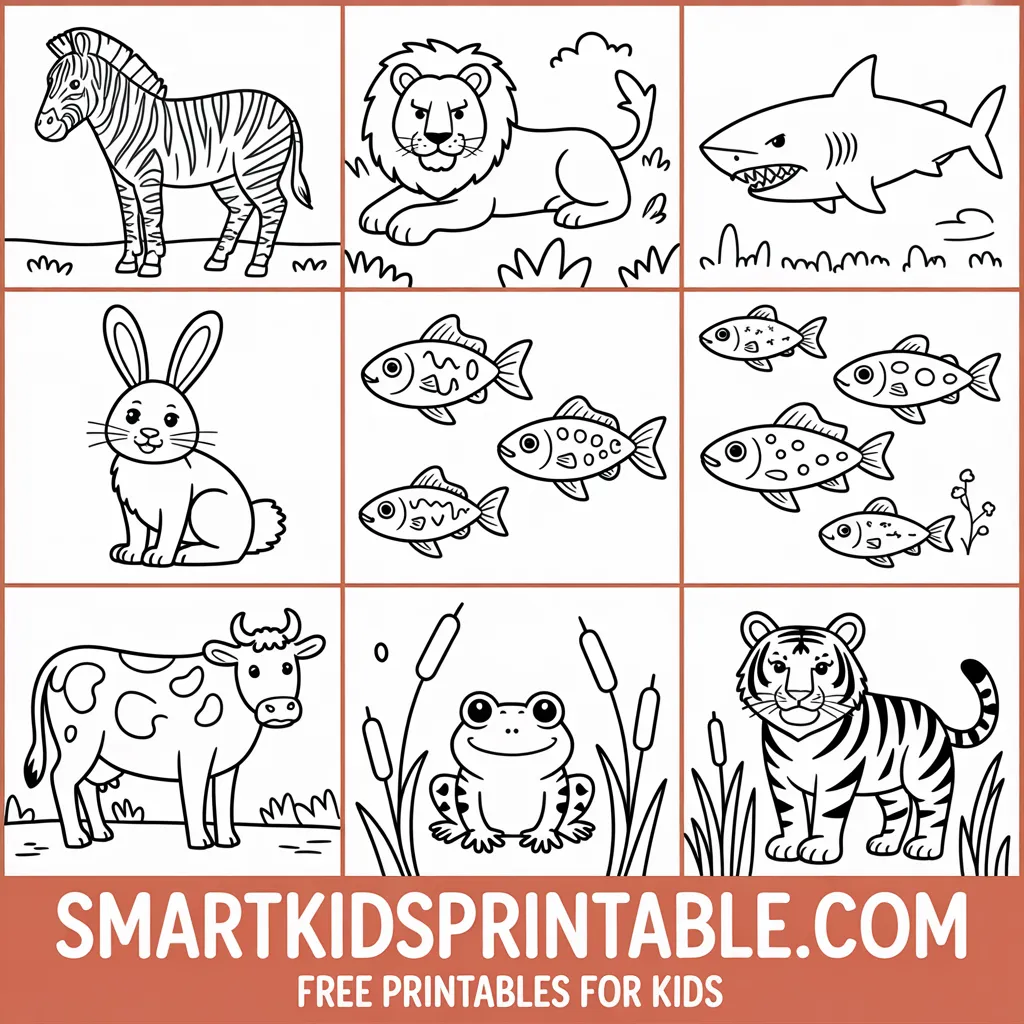
Educational Benefits of Animal Coloring Worksheets
The combination of animal themes with structured worksheet formats creates powerful learning opportunities across multiple developmental domains.
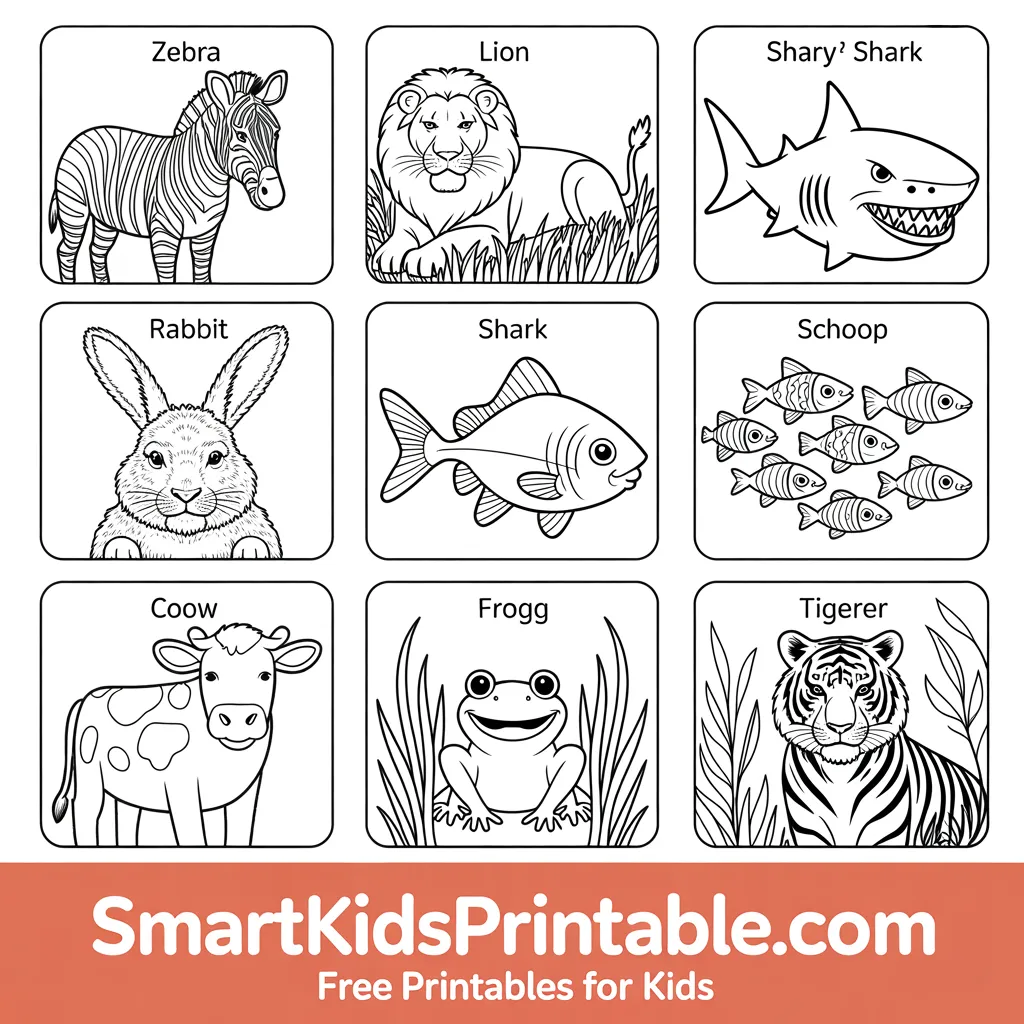
Cognitive Development Through Animal Coloring Activities
When children engage with animal coloring worksheets, they build essential thinking skills:
- Classification Abilities: Sorting animals by habitats, characteristics, or species reinforces categorization skills.
- Pattern Recognition: Many animal coloring activities incorporate patterns found in nature, strengthening this mathematical foundation.
- Spatial Reasoning: Understanding how animal forms occupy space on the page develops visual-spatial intelligence.
- Comparative Thinking: Worksheets featuring different animals naturally prompt comparison and contrast.
- Memory Enhancement: Recalling animal facts while coloring strengthens information retention.
Science Learning Through Animal Coloring Worksheets
These resources provide natural entry points for scientific exploration:
- Biodiversity Awareness: Exposure to diverse animal species builds understanding of biological variety.
- Habitat Recognition: Worksheets organized by ecosystems introduce environmental concepts.
- Anatomical Understanding: Labeled animal parts on coloring pages teach basic biological structures.
- Life Cycle Knowledge: Sequential coloring activities showing animal development stages illustrate growth patterns.
- Adaptation Concepts: Worksheets highlighting specialized animal features introduce evolutionary principles.
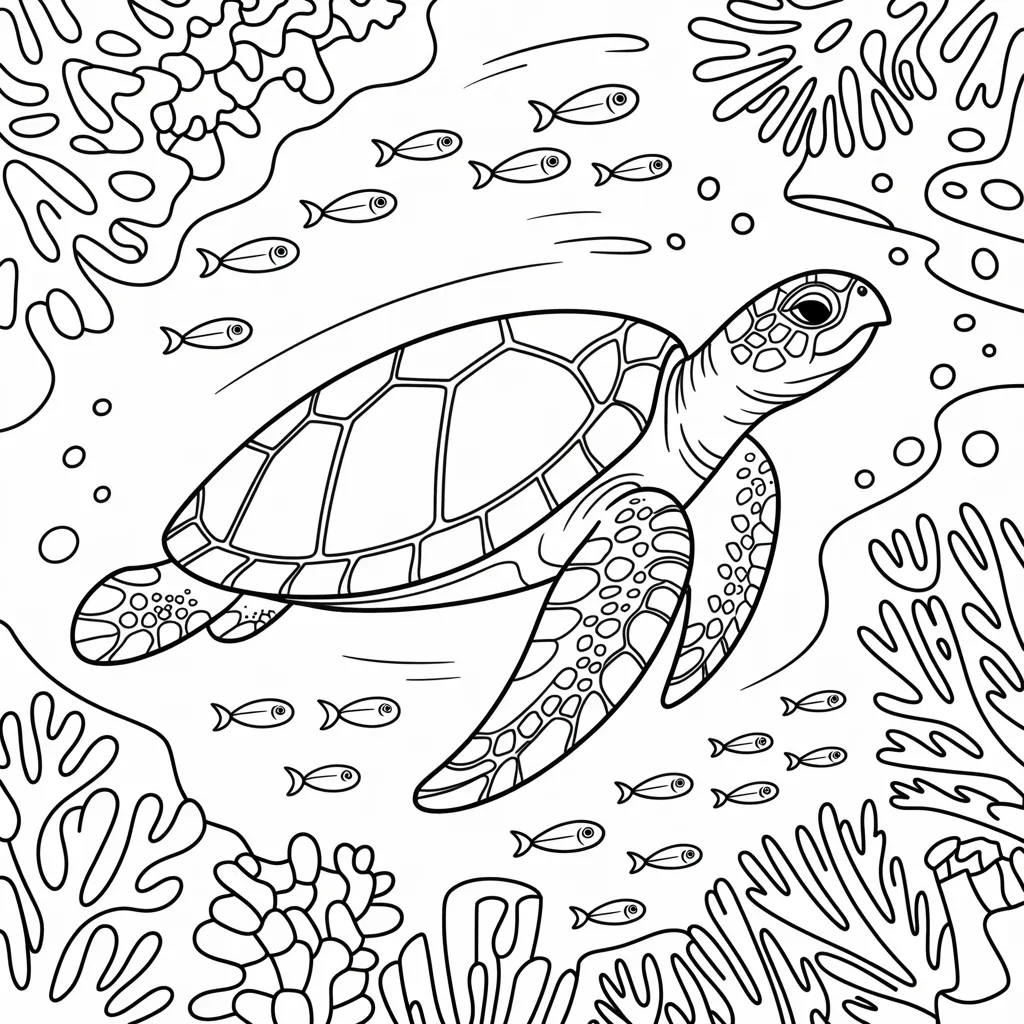
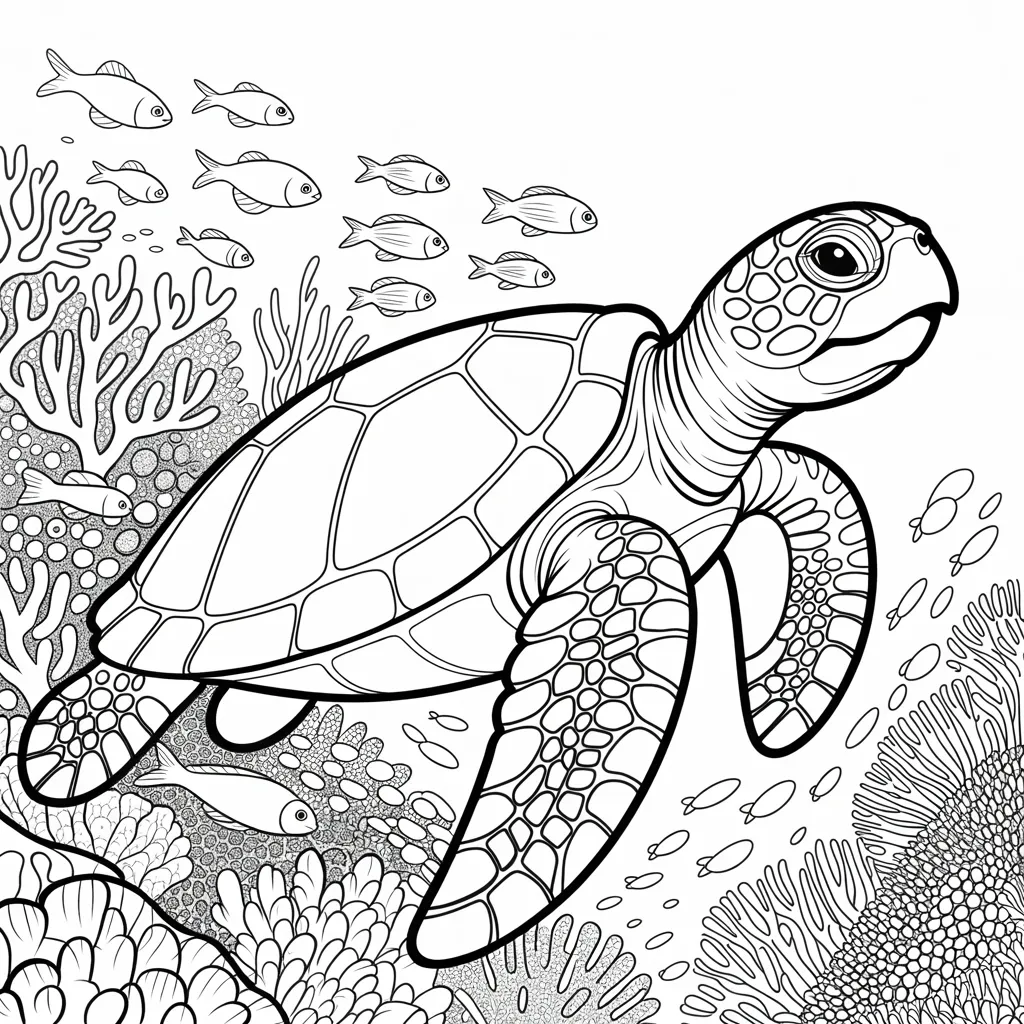
Types of Animal Coloring Worksheets for Different Learning Stages
Various formats support different developmental levels and learning objectives.
Preschool Animal Coloring Worksheets (Ages 2-5)
These simpler formats build foundational skills:
- Basic Animal Identification: Simple, bold outlines of common animals with minimal details.
- Color Matching Activities: Animal outlines with color guides teaching both animal recognition and color names.
- Size Comparison Worksheets: Pages showing animal sizes relative to each other or familiar objects.
- Counting with Animals: Worksheets combining simple animal pictures with number concepts.
- Alphabet Animals: Letter recognition reinforced through animals starting with each letter.
Elementary Animal Coloring Worksheets (Ages 6-10)
More complex formats introduce deeper content:
- Habitat-Based Collections: Worksheets organized by ecosystems (ocean, forest, desert) with relevant species.
- Anatomical Labeling Activities: Animal diagrams with parts to color and label.
- Classification Exercises: Worksheets grouping animals by scientific categories with coloring components.
- Food Chain Illustrations: Predator-prey relationships depicted through coloring sequences.
- Geographic Animal Distribution: World map coloring activities showing where different species live.
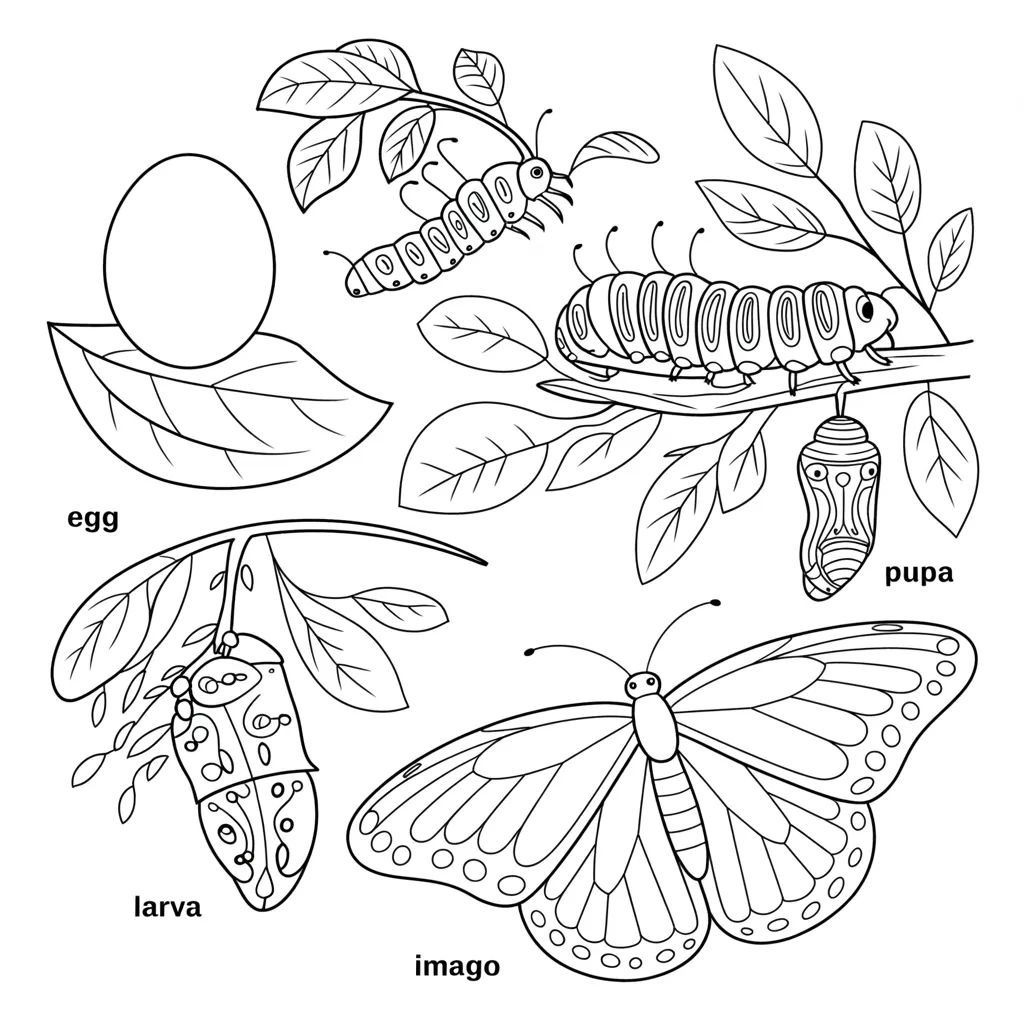
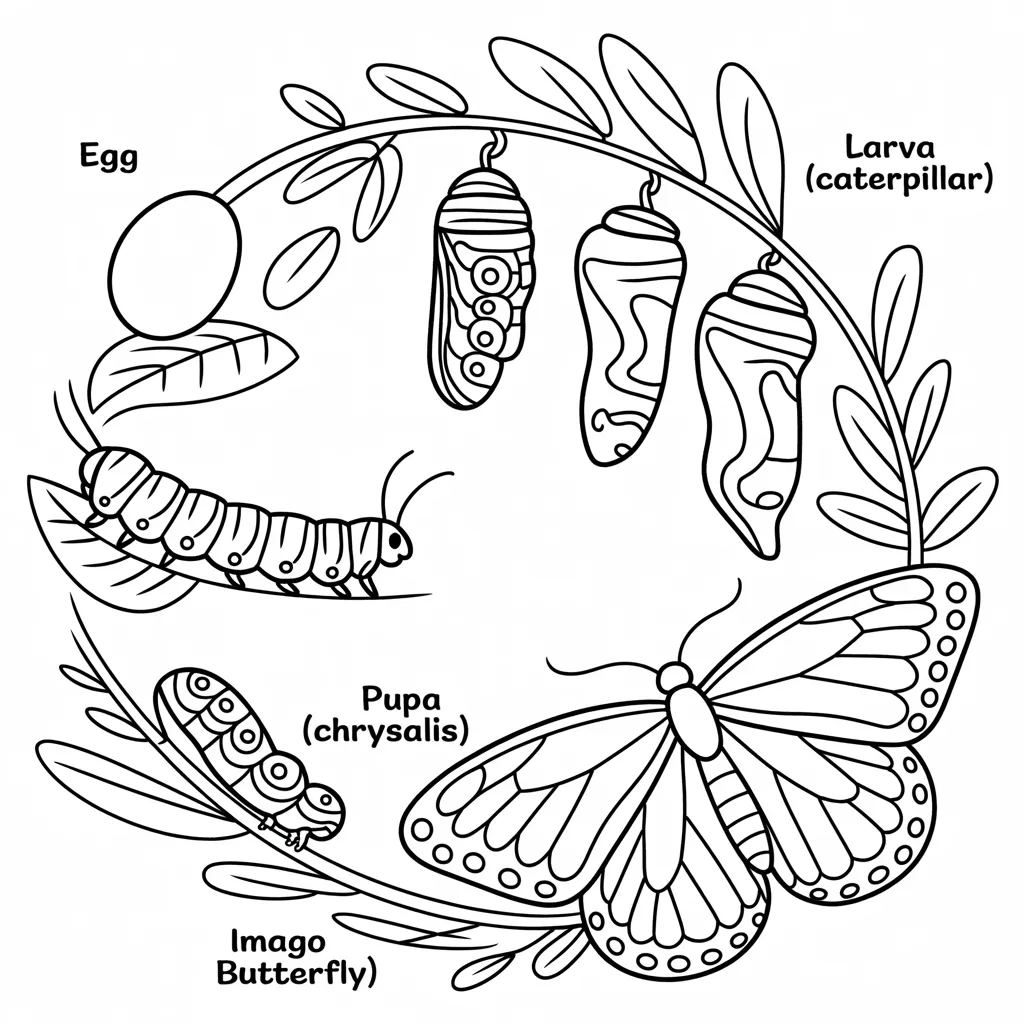
Advanced Animal Coloring Worksheets (Ages 11+)
Sophisticated formats support higher-level learning:
- Detailed Anatomical Studies: Complex biological structures to color with scientific terminology.
- Endangered Species Awareness: Information-rich worksheets about threatened animals with coloring components.
- Animal Adaptation Focus: Specialized features highlighted through targeted coloring activities.
- Evolutionary Relationship Diagrams: Cladograms and family trees with coloring elements.
- Comparative Anatomy Worksheets: Side-by-side structures across different animal groups for coloring and analysis.
Creative Uses for Animal Coloring Worksheets
Innovative applications extend the educational value of these resources.
Cross-Curricular Integration Ideas
Animal coloring worksheets naturally connect to multiple subject areas:
- Math Connections: Addition, subtraction, or multiplication problems where answers dictate which animals to color.
- Language Arts Applications: Animal-themed coloring paired with creative writing prompts or vocabulary development.
- Geography Extensions: World map animal distribution coloring activities linking species to regions.
- Cultural Studies: Worksheets featuring animals significant to different cultures with related information.
- Art Technique Practice: Using animal outlines to learn specific coloring techniques like shading, blending, or texture.
Interactive Animal Coloring Worksheet Activities
Dynamic formats encourage active engagement:
- Research-Based Coloring: Finding facts about animals before coloring them accurately based on research.
- Compare and Contrast Exercises: Venn diagram worksheets with animal comparisons and coloring elements.
- Prediction and Hypothesis Activities: Coloring animal adaptations based on environmental predictions.
- Classification Challenges: Sorting and coloring animals based on scientific characteristics.
- Problem-Solving Scenarios: Conservation challenges illustrated through coloring components.
Specialized Animal Coloring Worksheets for Specific Objectives
Targeted resources address particular learning goals.
Animal Coloring Worksheets for Science Curriculum
These resources align with specific science standards:
- Taxonomic Classification: Worksheets organized by animal phyla, classes, and orders.
- Ecosystem Relationships: Food web and energy flow diagrams with coloring components.
- Evolutionary Adaptations: Specialized features highlighted through focused coloring activities.
- Animal Behavior: Instinctual and learned behaviors illustrated through sequential coloring.
- Conservation Focus: Endangered species and preservation efforts depicted through coloring worksheets.
Cultural and Historical Animal Coloring Activities
These resources connect animals to human contexts:
- Mythological Creatures: Legendary animal figures from various cultures with informational context.
- Historical Working Animals: Farm, transportation, and service animals throughout history.
- Cultural Symbolism: Animals significant to different cultures with explanatory information.
- Extinct Species: Prehistoric and recently extinct animals with historical context.
- Human-Animal Relationship: Domestication, cooperation, and conservation depicted through coloring activities.
How to Create Customized Animal Coloring Worksheets
Personalized resources can address specific learning needs or interests.
Digital Tools for Designing Animal Worksheets
Several accessible platforms support resource creation:
- Educational Design Websites: User-friendly interfaces with animal templates and customization options.
- Drawing Applications: Digital tools for creating original animal illustrations with educational components.
- Photo Conversion Software: Programs that transform animal photographs into coloring page formats.
- Template Modification Platforms: Resources for adapting existing worksheets with custom elements.
- Educational Content Generators: Tools specifically designed for creating learning-focused worksheets.
Best Practices for Effective Worksheet Design
These principles ensure educational value:
- Clear Learning Objectives: Start by identifying specific knowledge or skills the worksheet will build.
- Age-Appropriate Complexity: Match detail level and content depth to developmental stage.
- Accurate Information: Ensure scientific accuracy in animal depictions and accompanying facts.
- Engaging Questions: Include thought-provoking prompts that extend learning beyond coloring.
- Extension Activities: Suggest related explorations that build on worksheet content.
Implementing Animal Coloring Worksheets Effectively
Strategic approaches maximize educational impact.
Classroom Integration Strategies
Educators can enhance learning through thoughtful implementation:
- Thematic Units: Incorporate animal coloring worksheets within broader habitat or species studies.
- Science Centers: Create self-directed exploration stations with progressive worksheet sequences.
- Assessment Alternatives: Use completed worksheets as demonstrations of knowledge acquisition.
- Collaborative Projects: Develop group activities where sections of larger animal murals are colored by different students.
- Gallery Walks: Display completed worksheets with student explanations of scientific concepts illustrated.
Home Learning Applications
Parents can support development through these approaches:
- Nature Observation Extensions: Pair worksheets with backyard wildlife watching or nature walks.
- Virtual Zoo Connections: Combine virtual zoo tours with related animal coloring activities.
- Documentary Companions: Use worksheets as focused activities following nature documentaries.
- Family Learning Projects: Create family animal fact books with colored worksheets and research.
- Travel Preparation: Explore animals of planned travel destinations through targeted worksheets.
Conclusion
Animal coloring worksheets represent a perfect intersection of engagement and education, offering versatile resources that support multiple learning objectives while maintaining the intrinsic appeal of animal subjects. From developing fine motor control in young children to exploring complex biological concepts with older students, these resources adapt to diverse educational needs while maintaining the motivational benefits of artistic expression. By thoughtfully selecting, creating, and implementing animal-themed coloring activities, educators and parents provide valuable learning experiences that build knowledge across subject areas while fostering creativity and focus. Whether used as standalone activities or integrated within broader educational frameworks, animal coloring worksheets deserve consideration as valuable components of comprehensive learning environments both at home and in formal educational settings.
Coloring Pages With Letters: 35 Powerful Tools for Early Literacy Development
FAQ About Animal Coloring Worksheets
How can I use animal coloring worksheets with children who have different learning abilities?
Adapt worksheets to accommodate diverse needs through several approaches. For children requiring motor support, provide stabilized paper, larger coloring spaces, and adaptive tools like triangular crayons or pencil grips. Visual processing challenges can be supported through simplified outlines, high-contrast boundaries, and reduced detail. For advanced learners, layer in extension questions, research components, or comparative analysis activities. Children with attention challenges often benefit from breaking worksheets into smaller sections, incorporating movement breaks between coloring areas, or adding tactile elements like textured boundaries. Remember that adaptation should enhance access while maintaining core learning goals – the objective isn’t simplification but rather providing appropriate entry points for meaningful engagement with the same content.
Are digital animal coloring worksheets as effective as printed versions?
Digital and printed animal coloring worksheets offer different but complementary benefits. Digital formats provide advantages like instant access, unlimited copies, zoom capabilities for detail work, and no-mess coloring options that work well in certain settings. However, traditional printed worksheets better develop the fine motor skills and pencil control essential for handwriting, provide tactile sensory input, and eliminate screen time concerns. The most effective approach combines both: use traditional worksheets for hand strength development and sensory engagement, while leveraging digital options for situations requiring cleanliness, portability, or technology integration. When selecting digital options, prioritize truly interactive formats rather than passive screen experiences, and maintain similar educational discussions during digital coloring as you would with printed activities.
How can I extend learning beyond the animal coloring worksheet itself?
Transform coloring activities into deeper learning experiences through thoughtful extensions. Before coloring, build background knowledge through non-fiction books, video clips, or discussion about the featured animals. During coloring, ask open-ended questions about animal adaptations, habitats, or behaviors, encouraging critical thinking while hands are busy. After completion, extend learning through creating fact cards to accompany colored animals, researching conservation efforts for featured species, comparing colored animals to real photographs to discuss accuracy, organizing completed worksheets into categorized animal reference books, or using colored animals as characters in original stories. The key is viewing the worksheet not as an isolated activity but as one component in a connected learning sequence that builds knowledge through multiple modalities.
Where can I find high-quality, scientifically accurate animal coloring worksheets?
Source reputable animal coloring worksheets through several reliable channels. Educational organization websites like National Geographic Kids, National Wildlife Federation, and major zoo educational departments offer scientifically vetted resources. Museum outreach programs from natural history museums frequently provide downloadable materials developed by staff biologists. Scientific publishers and curriculum companies produce research-based worksheets aligned with educational standards. University extension programs, especially those with zoology, wildlife, or veterinary departments, share public education materials. For specialized needs, consider teacher marketplaces where resources are rated and reviewed by educators. Always evaluate worksheets for accurate anatomical details, realistic habitat representations, and correct scientific terminology appropriate for your target age group.
How can animal coloring worksheets support emotional development alongside academic learning?
Beyond cognitive benefits, animal coloring worksheets contribute significantly to emotional growth. The structured yet creative nature of coloring provides a calming, self-regulating activity that helps children process emotions while maintaining focus. Worksheets featuring endangered species develop empathy and environmental stewardship when paired with age-appropriate conservation discussions. Animals displaying different emotional states can prompt conversations about feelings and emotional recognition. Completing coloring challenges builds persistence and resilience, especially when children work through detailed sections requiring sustained effort. Additionally, the pride of finished work enhances self-efficacy and confidence. To maximize these emotional benefits, maintain a non-judgmental approach to coloring choices, celebrate effort rather than perfection, and create opportunities for children to share the knowledge and feelings their colored animals represent.
